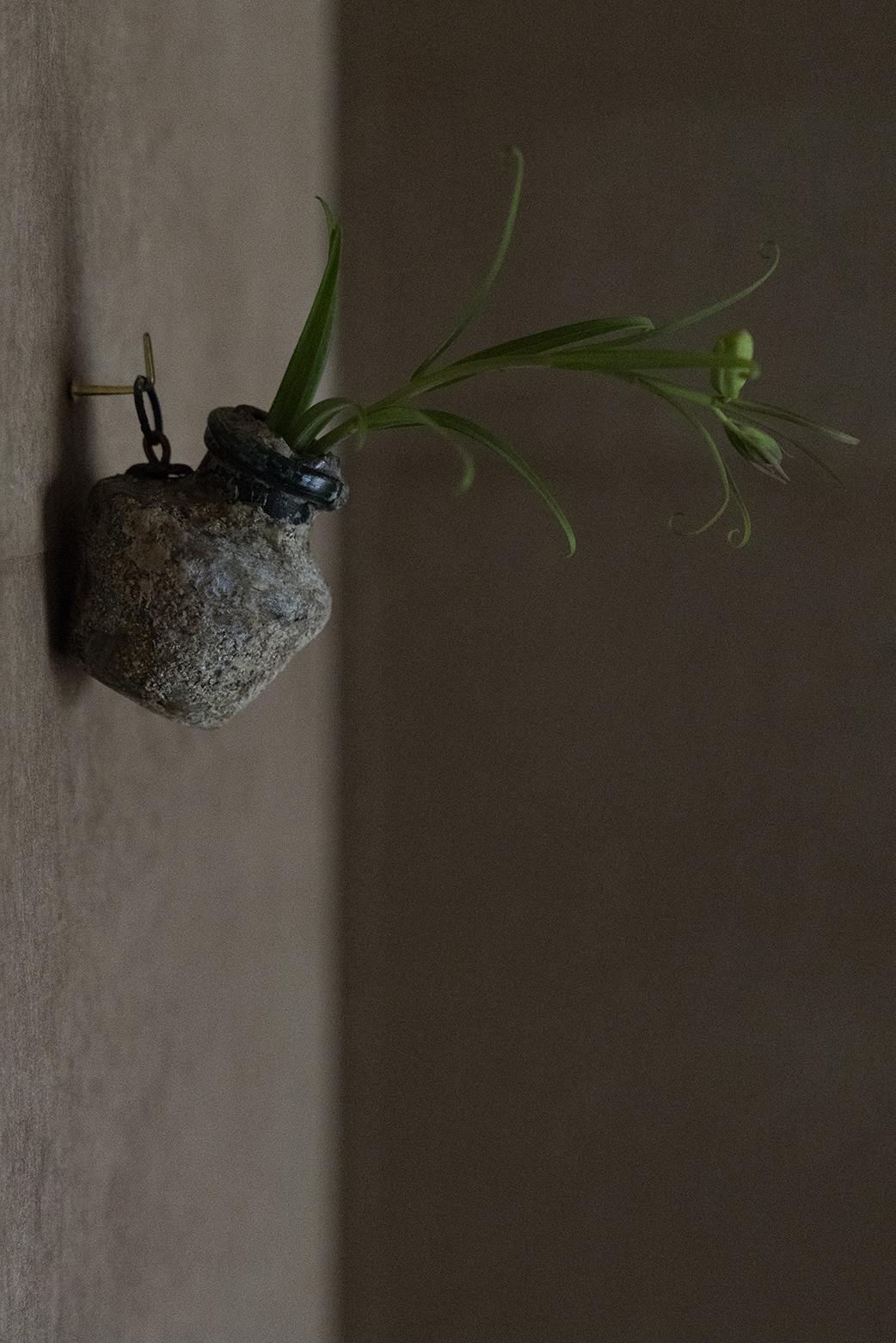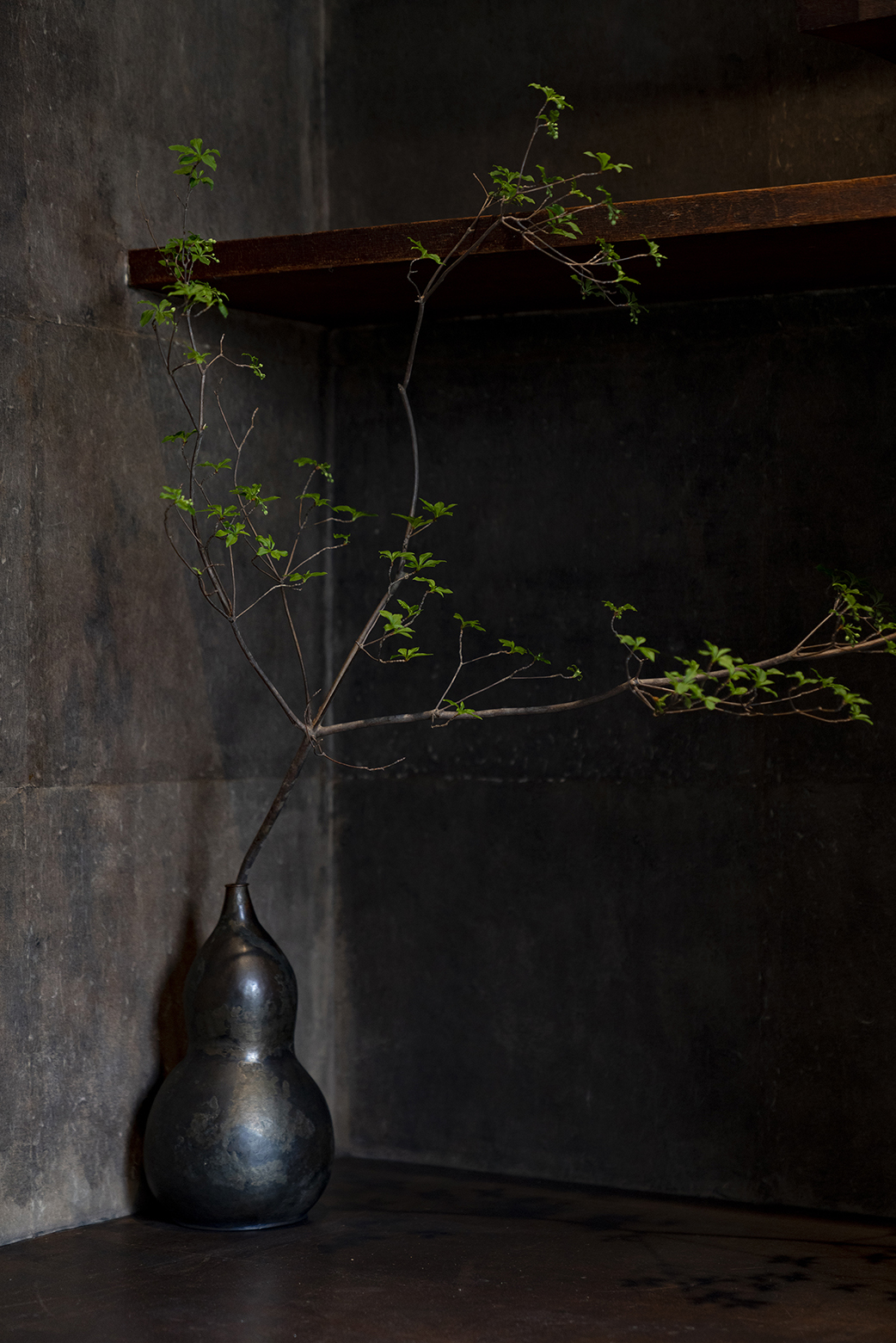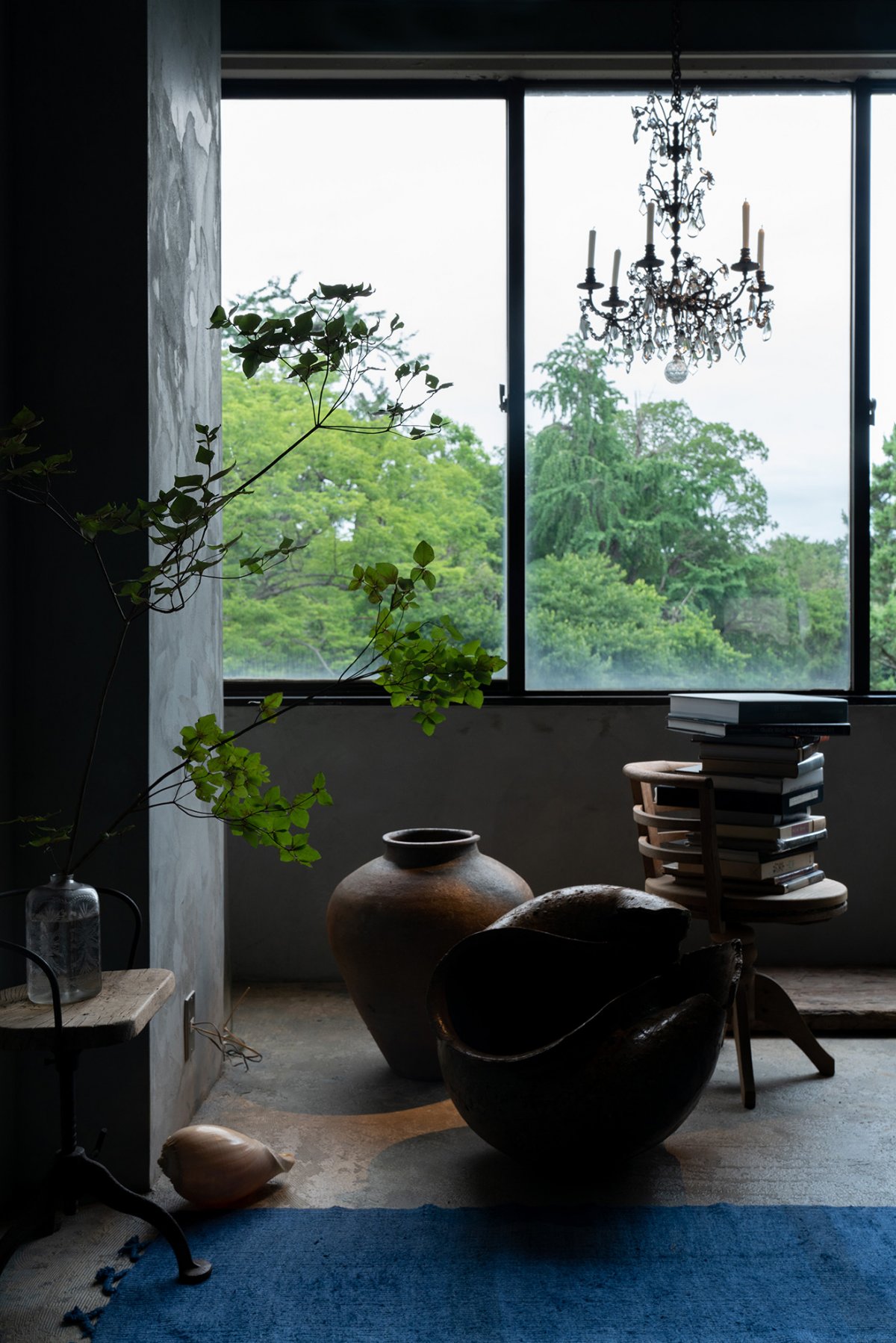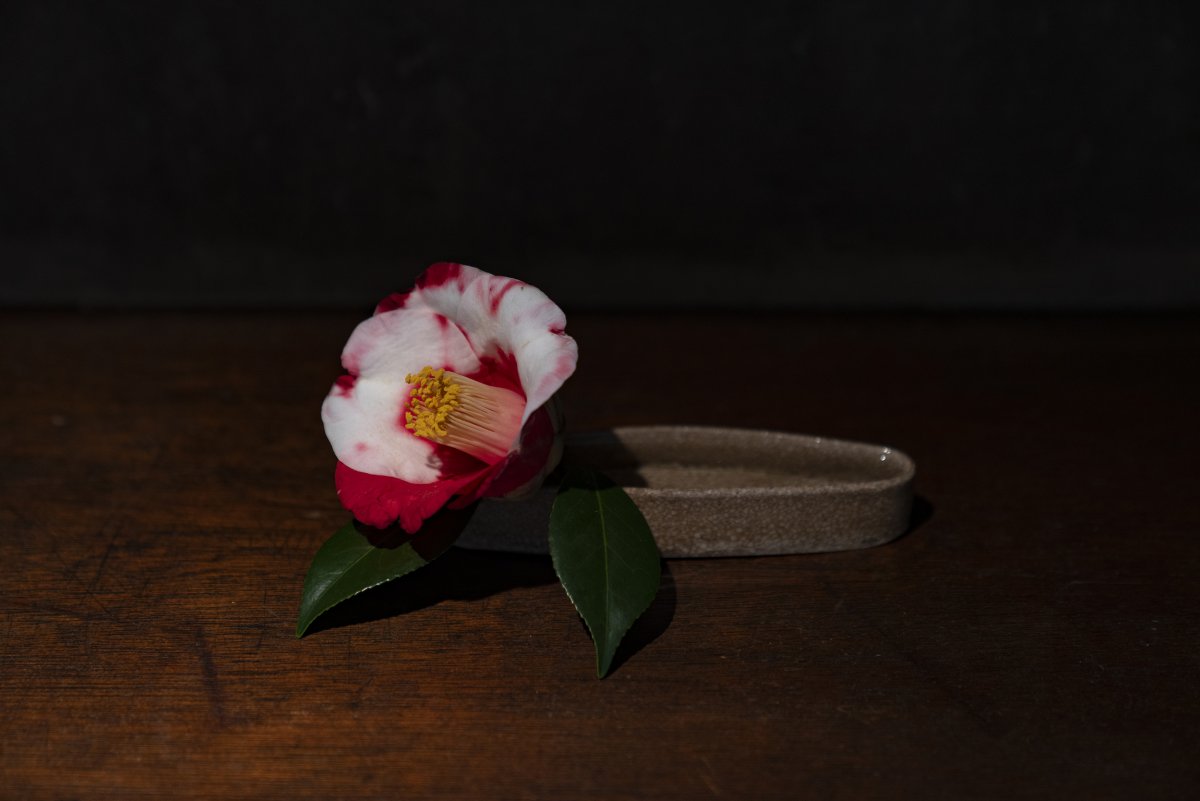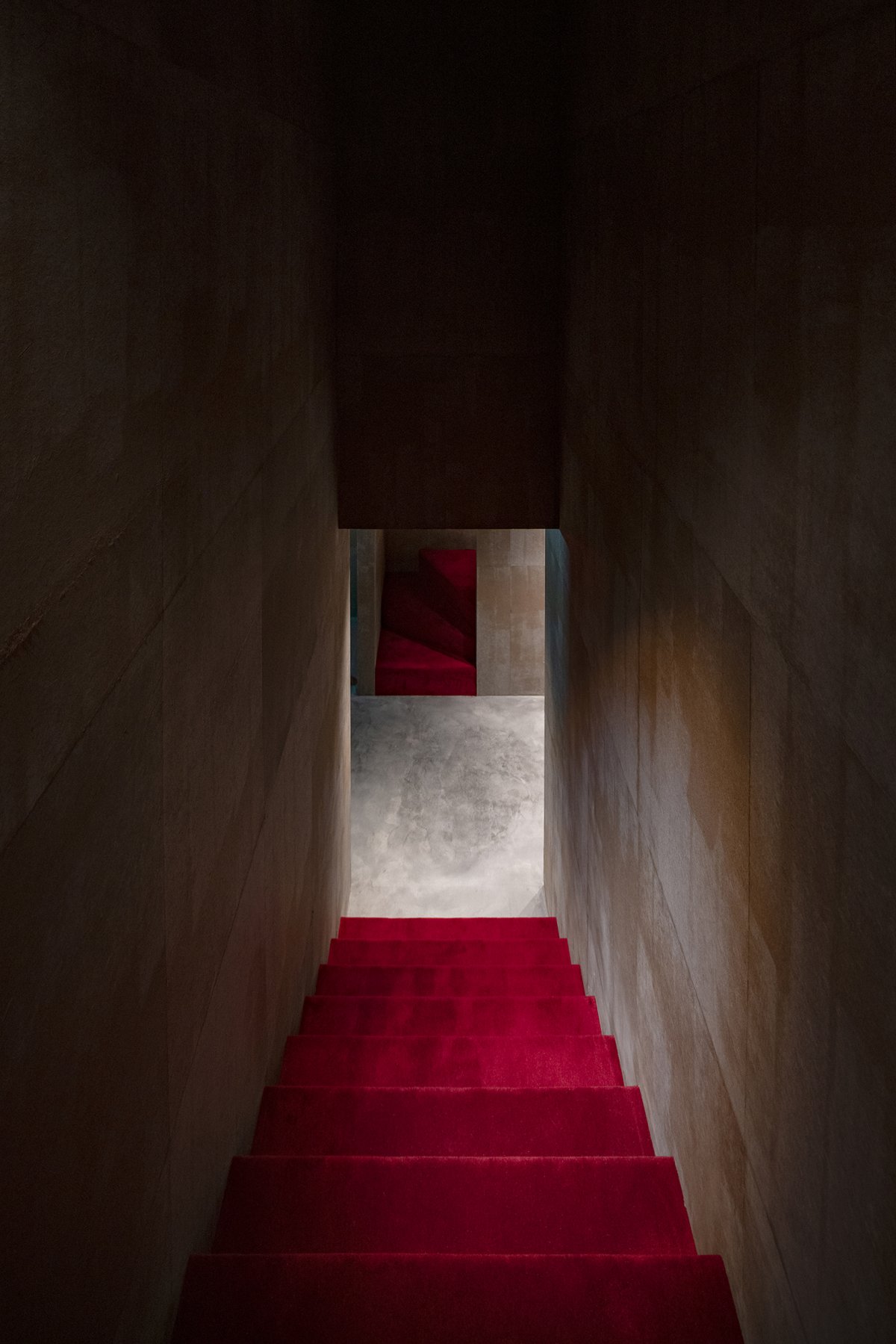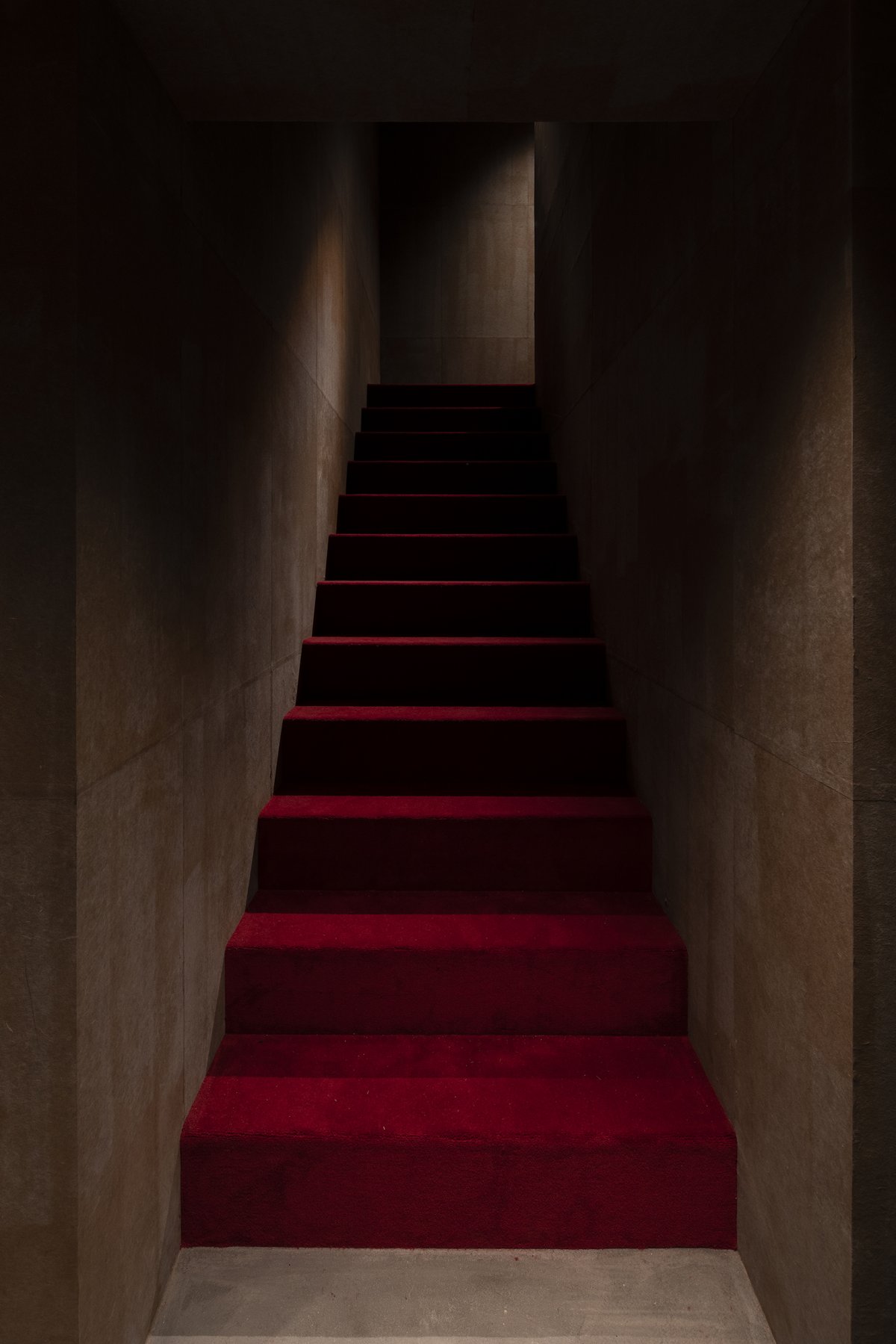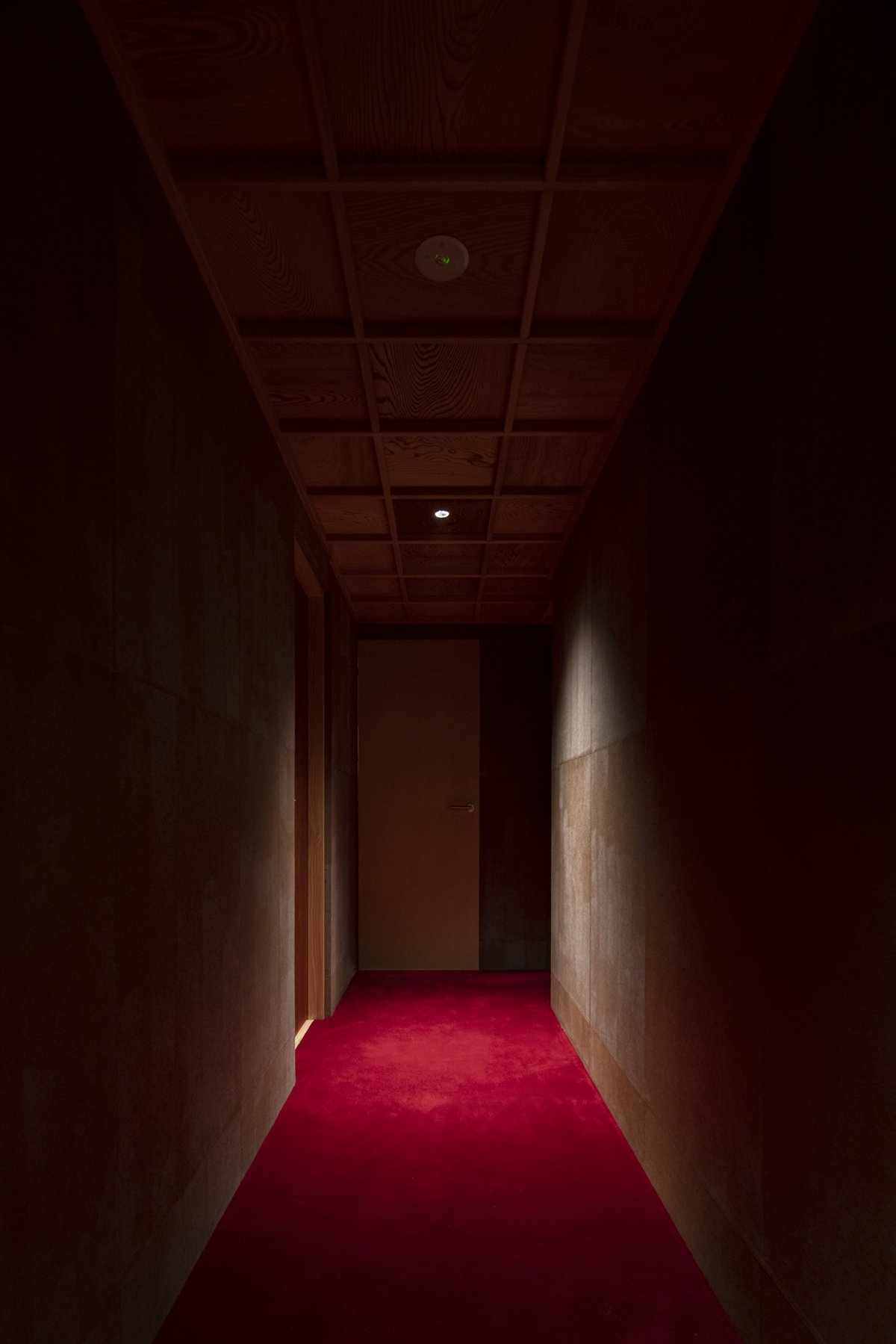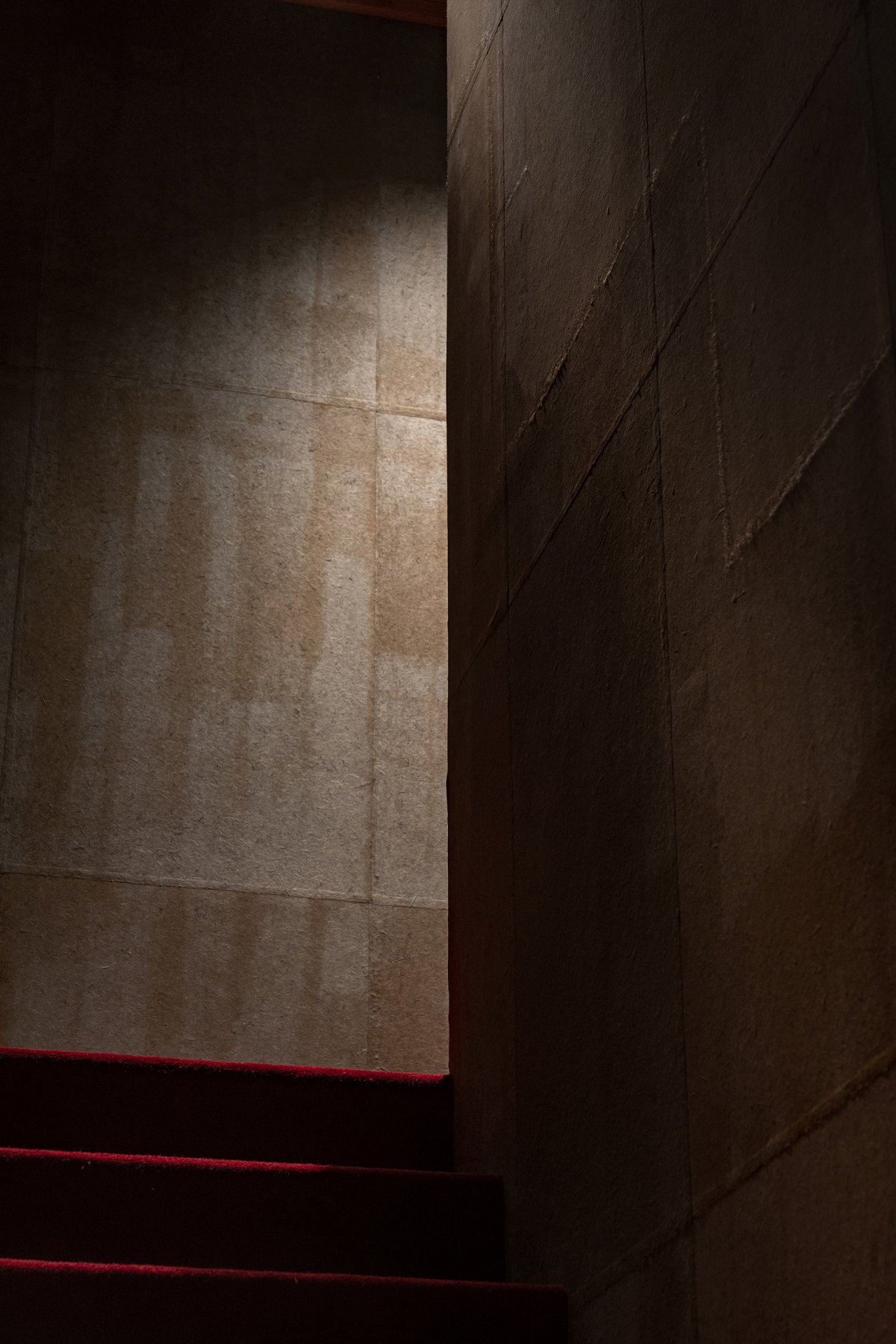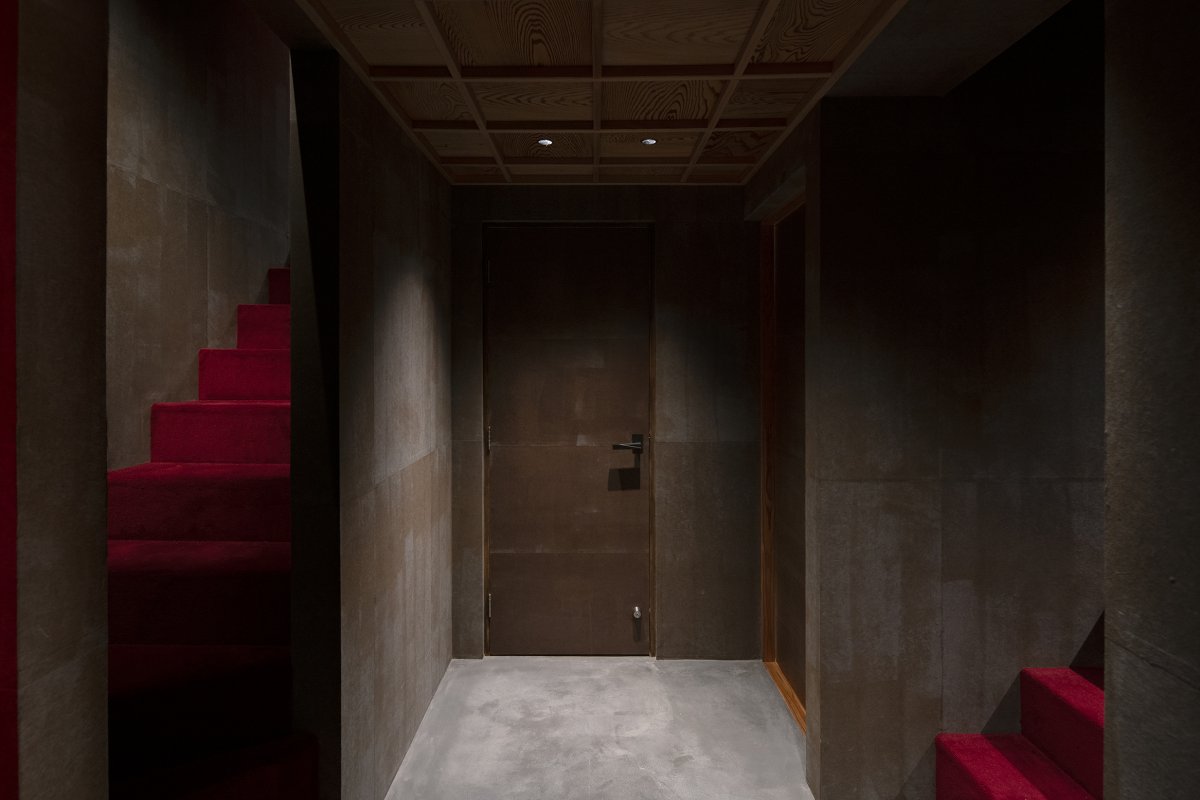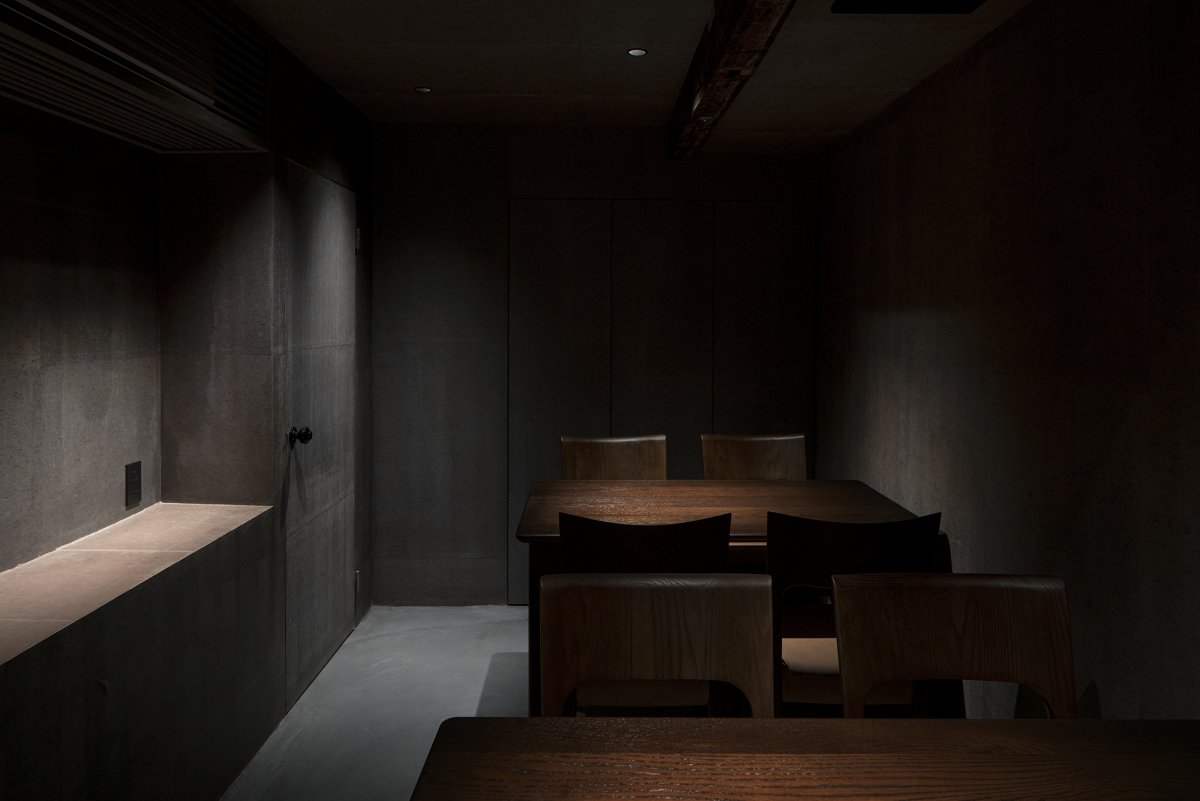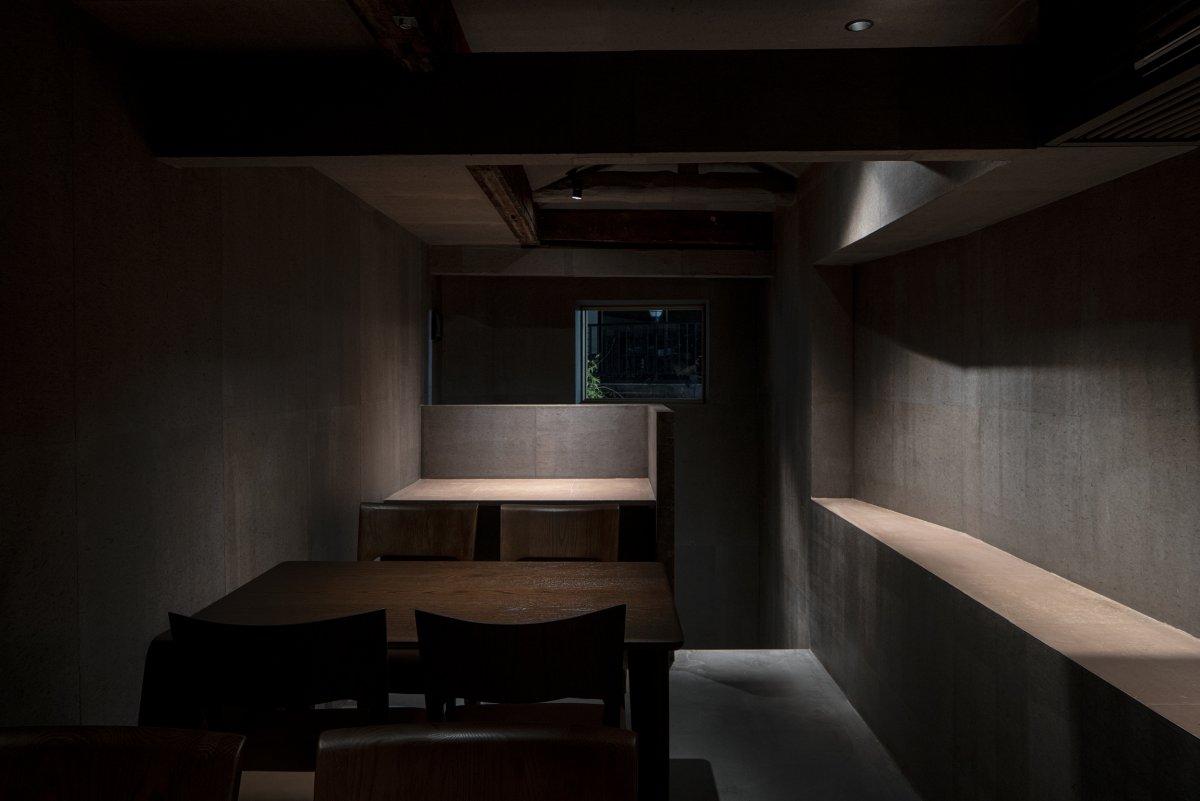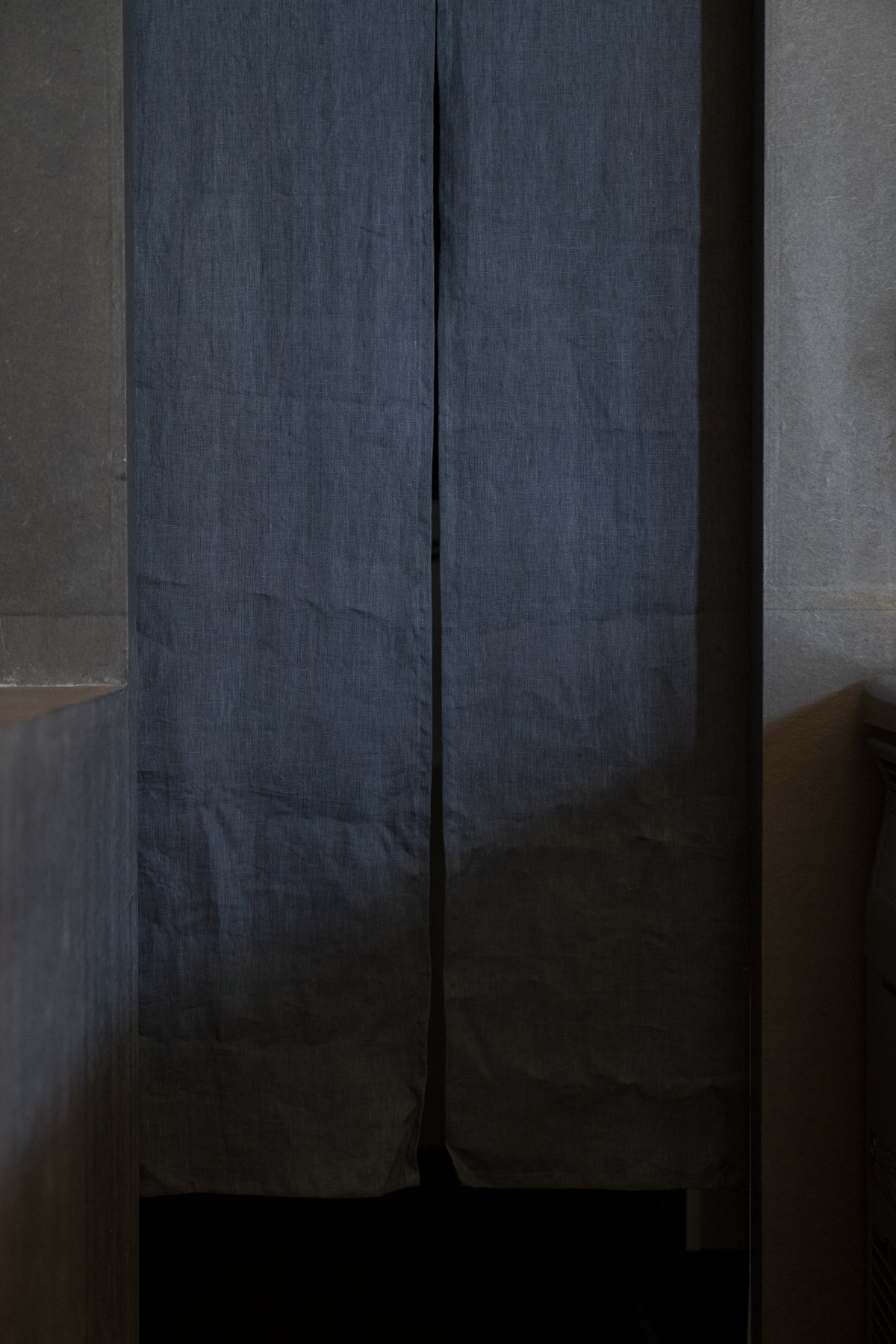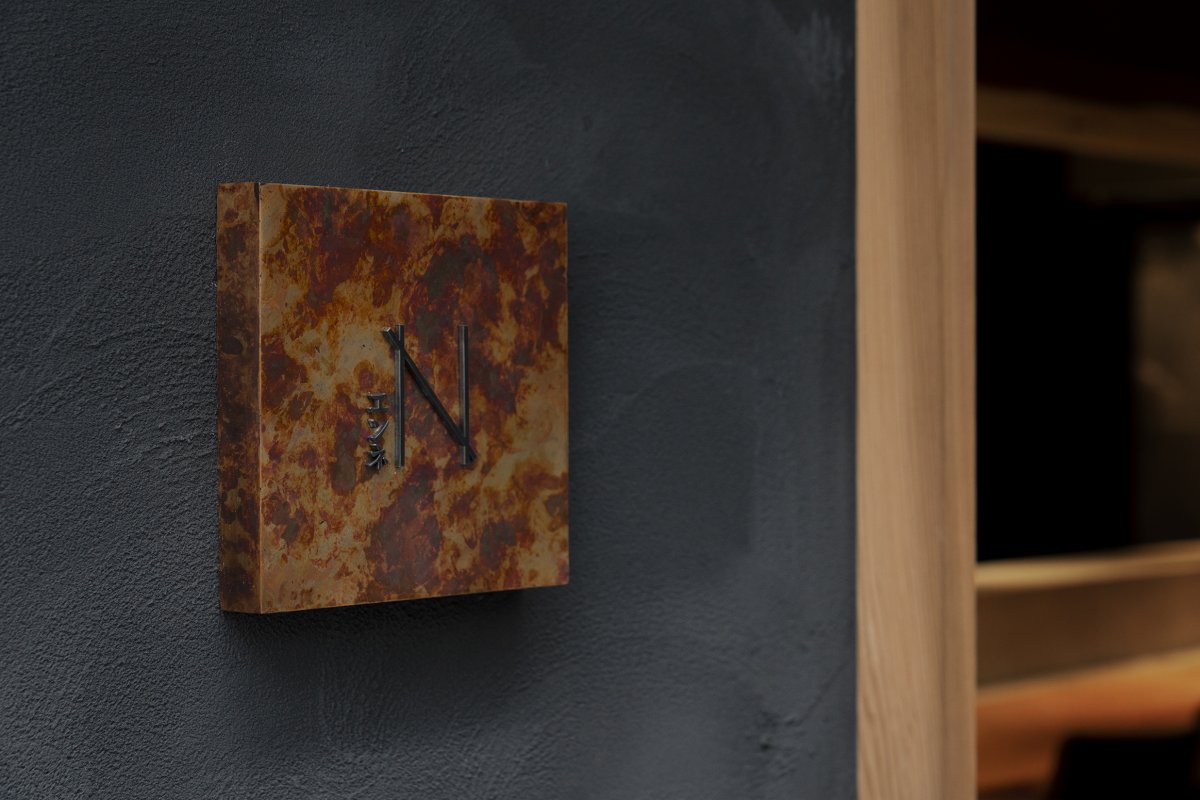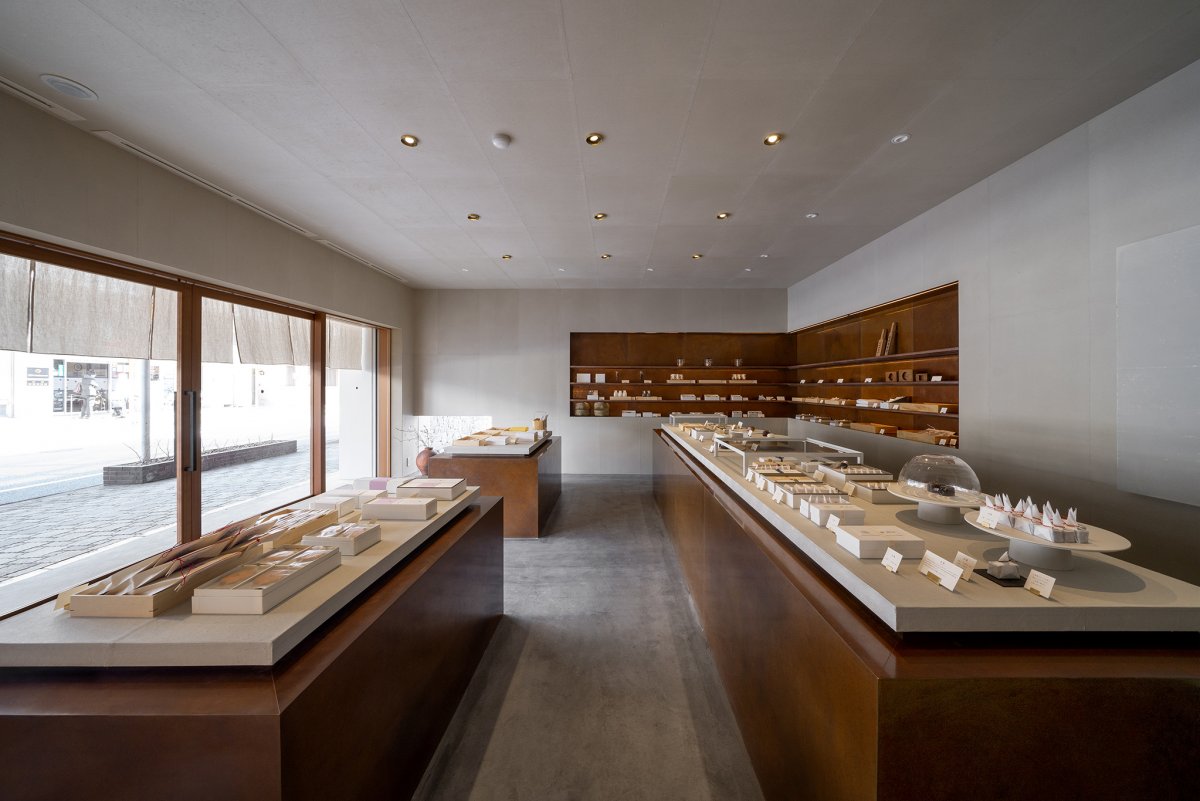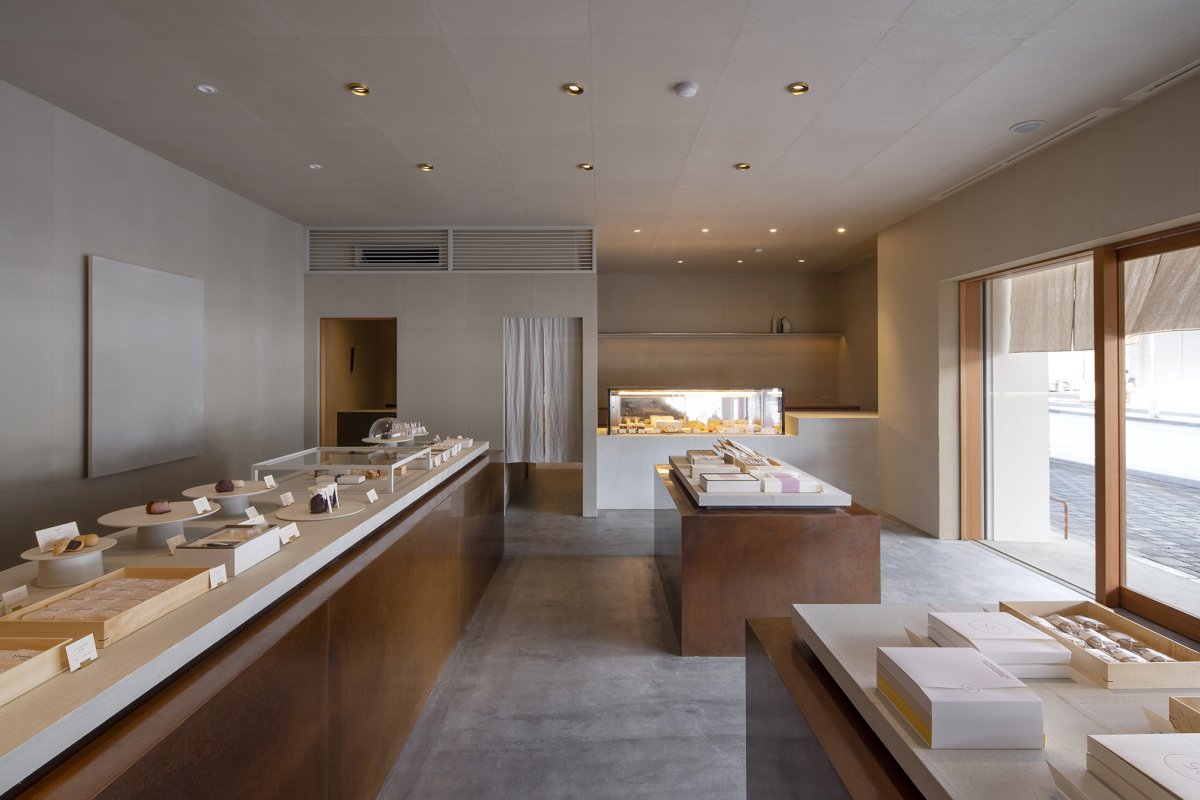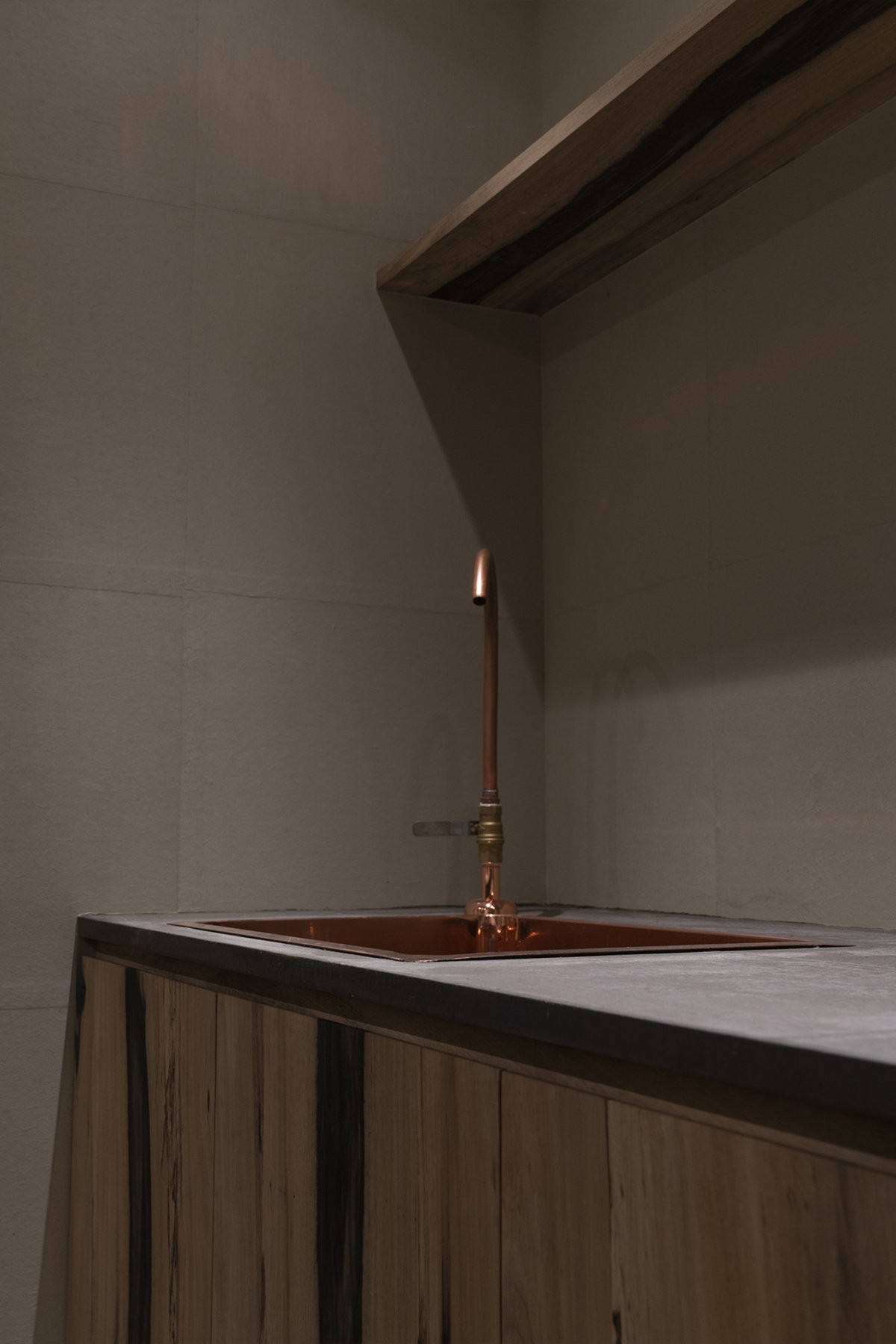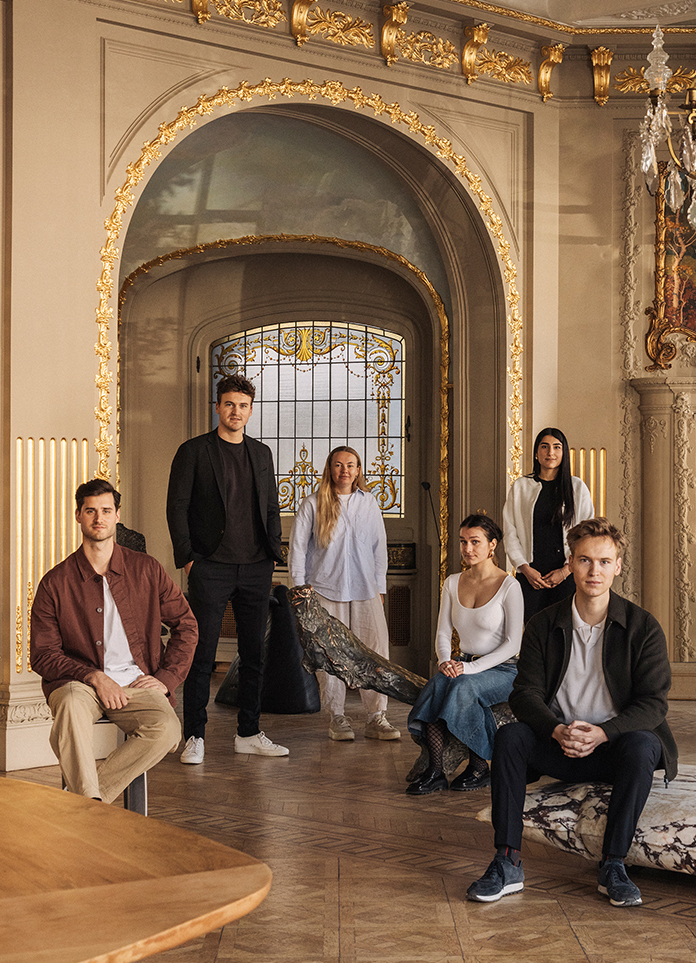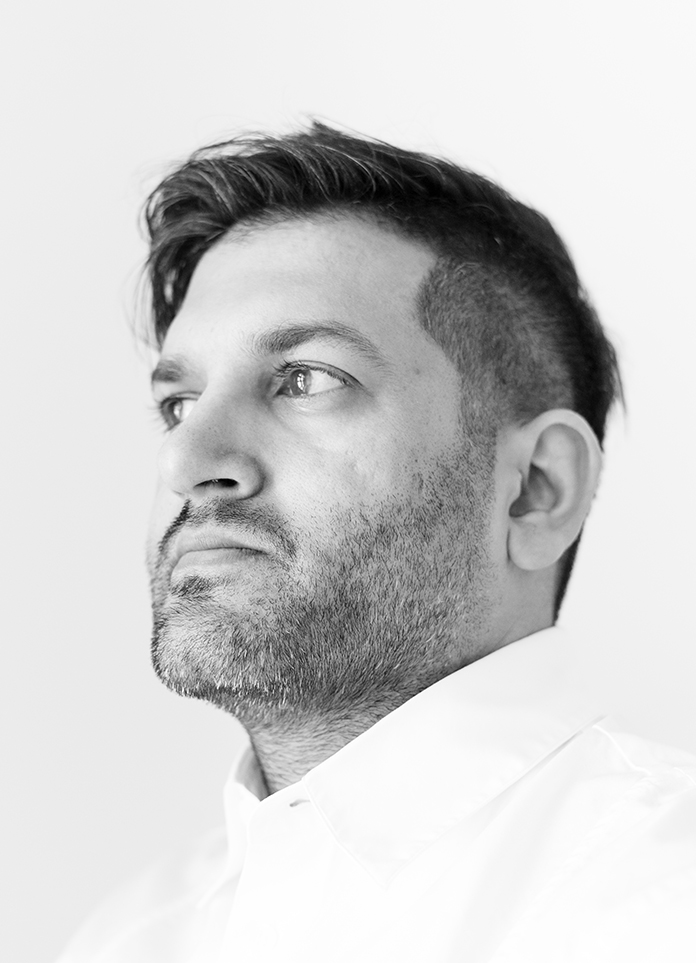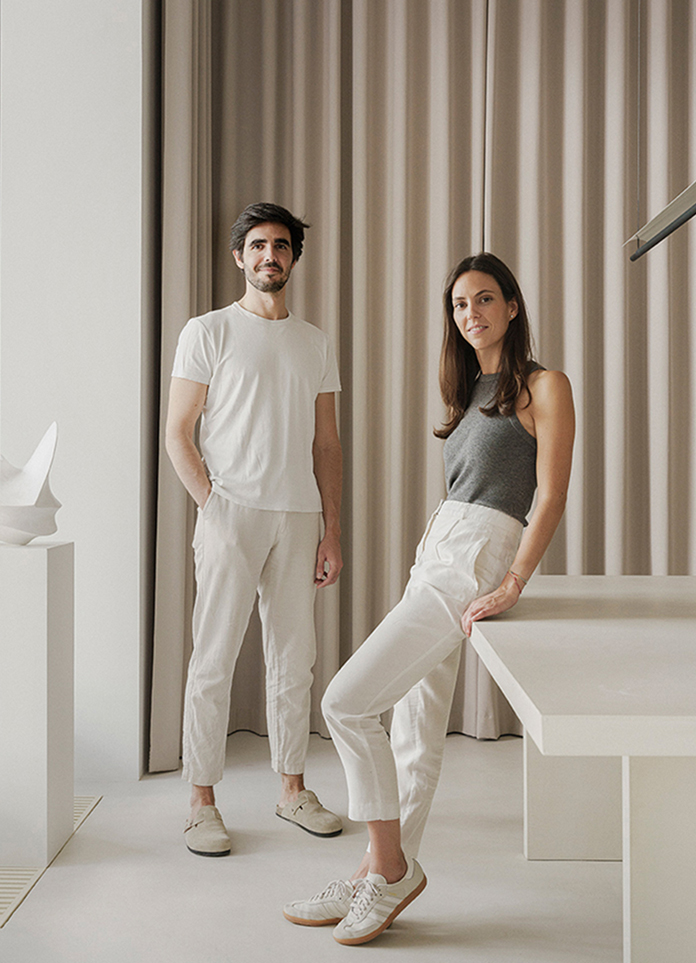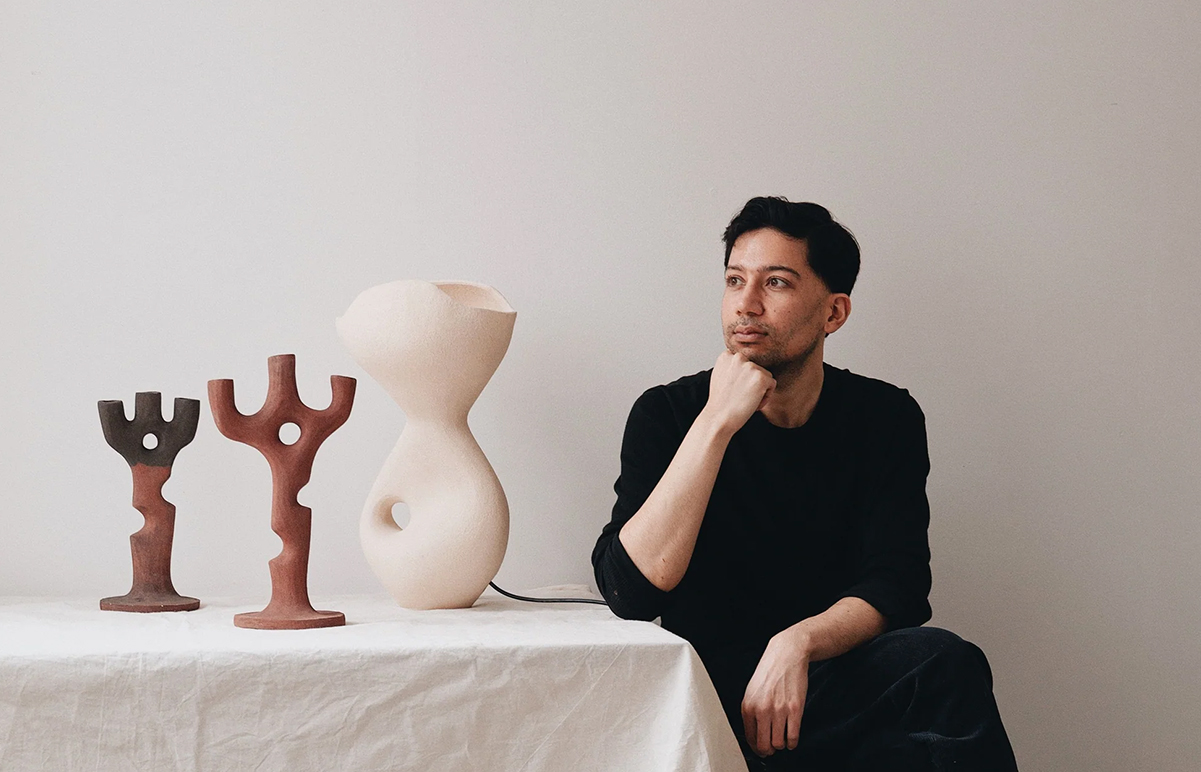
Koyori Design Studio was founded in 2010 by Nahoko Nakamura and Masahiko Nakamura, who are not only business partners, but also close lovers. The service covers architecture, interior, furniture and product design, aiming to promote the beauty of traditional Japanese craftsmanship.
Born and raised in Kyoto, the two founders have a strong attachment to the city. After graduating from Kyoto Institute of Technology in 2010, Masahiko Nakamura runs Koyori Design Studio with her husband, Nahoko Nakamura. A design studio to create authenticity, creativity and carry forward the beauty of Japanese craft "craftsman spirit" pursuit, become their unremitting pursuit of the goal.
All the works presented by Koyori design Studio show the traditional Craftsmanship aesthetics of Japan, from every furniture product to the Japanese atmosphere and architectural features of the entire interior.
Koyori design Studio strives to inherit tradition while creating residential architecture that is responsive to modern needs and changes of The Times, while expressing the essence of Japanese aesthetics. The founders firmly believe that looking back on history and culture, borrowing traditional elements, and perfectly combining the collision of old and new cultures are the driving force for their design innovation.
Yinji:What kind of design philosophy are you pursuing in your design?
Nakamura: I think it's important to keep finding and thinking about new values and creating ideas and designs. We seek to eliminate prejudice, keep things bland at all times, and provide answers that go beyond the basics of needs and questions.
Yinji:Commercial space design: how do you deal with the relationship between objects and space?
Nakamura:As a space, we need to discuss the functions and equipment parts, and how to allocate them in proportion. The basic design incorporates the products and services that the owner deals with and the air quality we require into the space.
Next, what are the actual visiting guests looking for, what kind of experience they want to have, what kind of location this place is from an urban perspective, what kind of place it can be in the future, etc.
We are rebuilding according to the designer's wishes. As a commercial space where a practical part is an absolute necessity, we emphasize that it can be a place to take root and not just a place to spend an hour of entertainment.
Yinji:Who is your favorite artist? What inspiration did you get from him/her?
Nakamura:The architects who influenced me a lot were Waro Kishi and Asashi Yada. I learned the importance of knowing and understanding the past historically, materially and academically. It seems that it is now a fundamental part of the rules of space we make up.
Yinji: How do you see the impact of various materials on the space?
Nakamura:It is possible to create a beautiful space without relying on materials, but it is expected that future renovation will be more mainstream than new construction, and it is one of the important elements as a hub connecting the past and the future.Furthermore, we believe that these materials are attractive and can convey the enthusiasm of the designers, builders and owners responsible for the space to the guests. I think a rich space can be created by incorporating it into the composition.
Yinji: How did Japanese traditional culture inspire design thinking? How does modern design learn from traditional culture?
Nakamura: Japan's traditional culture as a design element has also had a great impact in the world. Especially in Kyoto where we live, it is ingrained in life. Understand the trends passed down from the past to the present, and think intelligently about how to adapt to the requirements of the present, so as to be close to the natural and modern space.
- Interiors: Koyori Architects
- Photos: 臼井淳一
- Words: Ying


